Swimming pools have long been a centerpiece for relaxation, exercise, and family fun. However, maintaining a pool can be labor-intensive and often involves handling harsh chemicals. Enter the Westaho Saltwater Pool System—a game-changer in pool maintenance. This advanced system offers a more natural, eco-friendly way to keep your pool water clean and clear. But how exactly does it work? Let’s dive into the details.
The Basics of Saltwater Pools
Traditional swimming pools rely on the manual addition of chlorine to sanitize the water. Chlorine kills bacteria, algae, and other contaminants, ensuring the water remains safe for swimmers. However, it can also cause skin and eye irritation and has a distinct, often unpleasant odor.
Saltwater pools, on the other hand, use a salt chlorination system to generate chlorine from salt added to the pool water. The process is simpler, more natural, and results in a swimming experience that many find more enjoyable.
How the Westaho System Works
The Westaho Saltwater Pool System is a sophisticated, automated system designed to make pool maintenance as hassle-free as possible. Here’s a step-by-step breakdown of how it operates:
1. Salt Addition
To start, you add a specific amount of salt to your pool water. The amount typically ranges from 2500 to 3500 parts per million (ppm), which is much lower than the salt concentration in seawater. This concentration is safe for swimmers and doesn’t result in a salty taste.
2. Electrolysis Process
The heart of the Westaho system is the salt chlorinator, which contains a cell with metal plates, usually made of titanium. As the saltwater passes through the chlorinator cell, an electric current is applied, causing a process called electrolysis. During electrolysis, the salt (sodium chloride, NaCl) is broken down into its basic components: sodium (Na) and chlorine (Cl).
3. Chlorine Production
The chlorine produced in the chlorinator cell is in the form of hypochlorous acid (HOCl) and sodium hypochlorite (NaOCl), both of which are effective sanitizers. These compounds kill bacteria, viruses, and algae, keeping the pool water clean and safe for swimming.
4. Continuous Sanitization
One of the significant advantages of the Westaho system is that it provides continuous sanitization. As long as the system is running, chlorine is constantly being generated, ensuring a consistent and effective level of sanitization. This reduces the need for frequent manual addition of chemicals and keeps the water quality stable.
5. Salt Recycling
The beauty of this system is that the salt is not consumed in the process. After sanitizing the water, the chlorine reverts back to salt, ready to be converted into chlorine again. This recycling means that you only need to add more salt occasionally, typically after heavy rainfall or when the pool is topped up with fresh water.
System Components
The Westaho Saltwater Pool System comprises several critical components that work together to maintain optimal pool conditions.
Control Panel
The Salt Chlorine Generator includes an intuitive control panel equipped with buttons and LED indicators. These controls allow you to manage the system easily and adjust the chlorine production as needed. The control panel also measures water temperature and salt levels, automatically adjusting the chlorine output to maintain optimal water quality.
Chlorine Production Adjustment
You can vary the chlorine production by either adjusting the sanitizer output level on the control panel or by changing the number of hours the Salt Chlorine Generator is on each day. This flexibility allows you to maintain the desired chlorine levels easily.
Self-Cleaning Cell
The chlorinator cell in the Westaho system features a self-cleaning cycle, which significantly reduces maintenance. The system automatically reverses the cell electrode blades every few hours to help clean the cell. This process does not interrupt chlorine production, ensuring continuous sanitization.
Flow Sensor
A flow sensor ensures that there is always adequate water flow through the Salt Chlorine Generator. If the Generator is not properly plumbed or does not receive adequate water flow, no chlorine will be produced. This safety feature helps protect the system from damage due to improper installation or operation.
Temperature Sensor
To protect the Generator from operation and potential damage when the temperature of the pool water falls below 52°F (±3°F or 11°C ±1.67°C), the temperature sensor switches the Generator off. When this happens, the COLD WATER light illuminates, and no chlorine is produced until the water temperature rises above the safe threshold.
Salt Sensor
The Salt Chlorine Generator is equipped with two salt sensor probes that activate each time the system is switched on and every 12 hours during operation. When activated, the salt level LED indicator lights flash in a scrolling sequence for two minutes to indicate that the Generator is in analysis mode. After this period, the LED indicators will signal one of three salinity ranges, providing an easy-to-read indication of the current salt level.

Timer Setting Function
The Westaho HSCG-08 model includes a timer setting function, which allows users to schedule the start and stop times of the pool pump. This feature adds another layer of convenience and efficiency to pool maintenance.
Timer Modes
The timer setting function on the Westaho HSCG-08 offers two distinct modes:
-
Cycle Mode (CY): In this mode, the pool pump will cycle on and off according to the times set by the user. For example, if you set the pump run time for 6 hours, the pump will run for 6 hours, stop for 6 hours, and then resume for another 6 hours, continuously cycling.
-
24-Hour Cycle Mode (24 CY): This mode allows the pool pump to turn on once every 24 hours based on the user-set start time. If you set the pump to run for 6 hours, it will run for 6 hours, wait for 24 hours, and then run for another 6 hours, continuously cycling in this pattern.
Setting the Timer
To set the timer, press and hold the SET button to enter the timer setting mode. From there, you can adjust the start and stop times as needed to fit your schedule and ensure your pool is maintained efficiently.
Flow Rate Requirements
The Saltwater System is designed to operate with water flow rates from 25 +/- 5 gallons per minute (gpm) up to 105 gpm. It's important to refer to the pipe manufacturer specifications for the recommended maximum flow rate. For flow rates over 80 gpm, you must use a bypass loop for optimal chlorine production. Installations with flow rates exceeding 80 gpm, such as those with in-floor cleaning systems or booster pumps, MUST use a bypass loop with the Generator. A flow control valve is necessary to ensure the flow through the Generator is maintained within its designed operating water flow rates.
Advantages of the Westaho Saltwater Pool System
Health and Comfort
- Gentler on Skin and Eyes: Saltwater pools are known for being less irritating to the skin and eyes compared to traditional chlorine pools. This is because the chlorine levels are more stable and the water is softer.
- No Chlorine Odor: The smell of chlorine is significantly reduced, making the swimming experience more pleasant.
Maintenance and Cost
- Lower Chemical Costs: While the initial setup cost for a saltwater system might be higher, it can lead to savings in the long run due to reduced need for chemical purchases.
- Automated Maintenance: The Westaho system automates many aspects of pool maintenance, reducing the time and effort required from pool owners.
- Durability and Longevity: Saltwater systems are generally known for their durability. With proper care, the Westaho system can provide reliable service for many years.

Environmental Benefits
- Eco-Friendly: By reducing the need for traditional chlorine and other chemicals, saltwater pools are more environmentally friendly.
- Sustainable Chlorine Production: The continuous recycling of salt means that less chlorine is manufactured and transported, reducing the carbon footprint.
Installation and Maintenance
Installation
The Salt Chlorine Generator has a built-in power supply, eliminating the need for an external power center—just plug it in. Its control panel with buttons and LED indicators manages chlorine production by measuring water temperature and salt levels. If salt is too low, the cell shuts off until salt is added. The self-cleaning cycle reverses cell polarity to reduce calcium buildup, maximizing cell life.
Regular Maintenance
While the system is designed to be low-maintenance, some regular upkeep is required:
- Monitoring Salt Levels: Occasionally, you’ll need to check the salt concentration and add more salt as needed. This is usually necessary only a few times a year.
- Cell Cleaning: The chlorinator cell can accumulate calcium deposits over time. Cleaning the cell, typically every few months, ensures it operates efficiently.
- System Checks: Periodically inspecting the system for any signs of wear or issues will help maintain its longevity.
Conclusion
The Westaho Saltwater Pool System represents a significant advancement in pool maintenance technology. By harnessing the natural process of electrolysis to generate chlorine, it offers a safer, more enjoyable swimming experience while simplifying the maintenance routine. With benefits that include gentler water, reduced chemical use, and environmental sustainability, it’s no wonder that more and more pool owners are making the switch to saltwater systems.
If you’re considering upgrading your pool system, the Westaho Saltwater Pool System is an excellent choice for a modern, efficient, and eco-friendly solution. Enjoy the luxury of a clean, clear pool with minimal effort and maximum comfort.



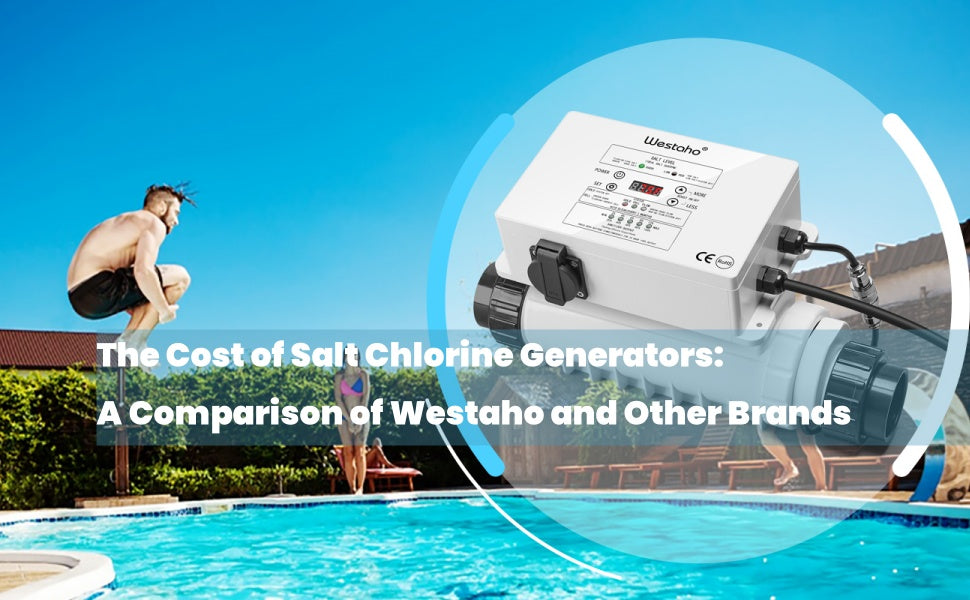
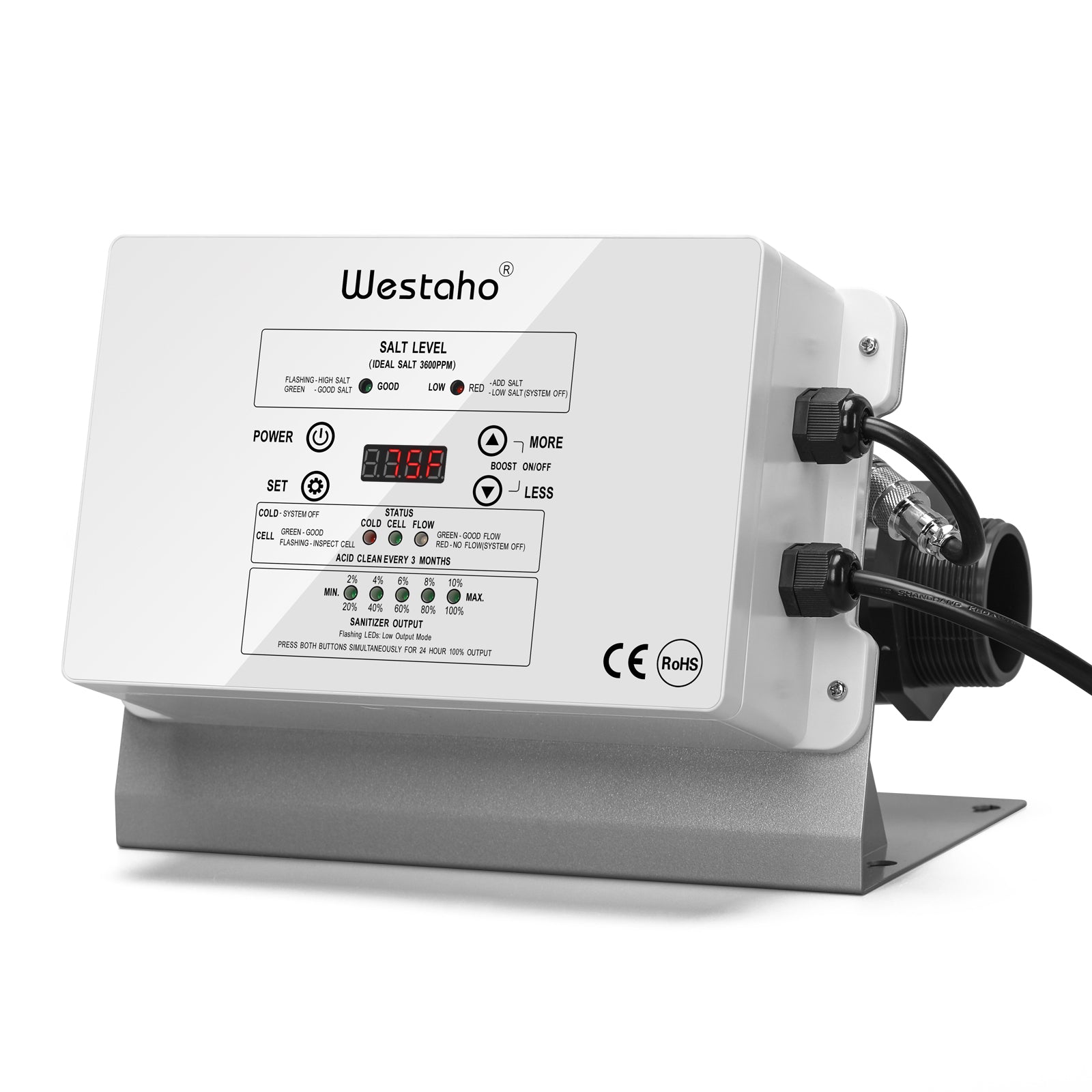
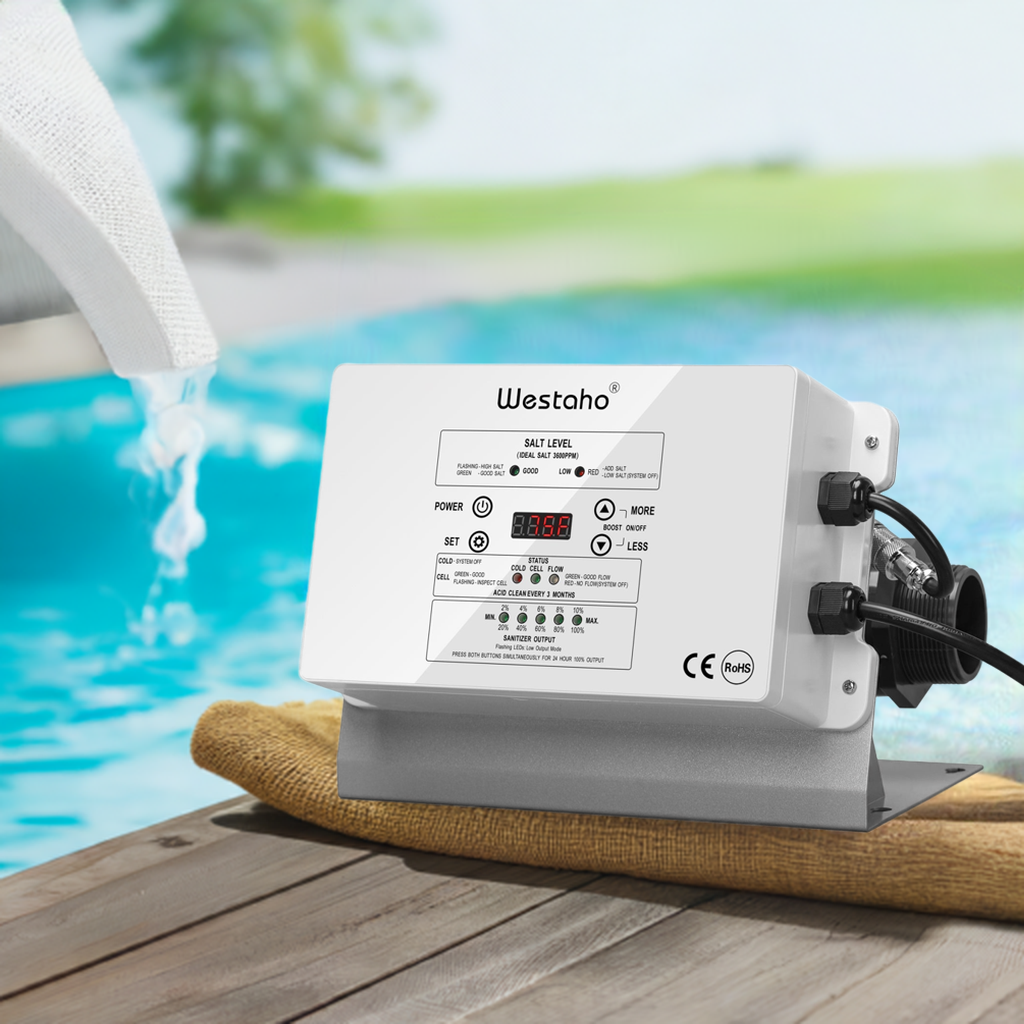
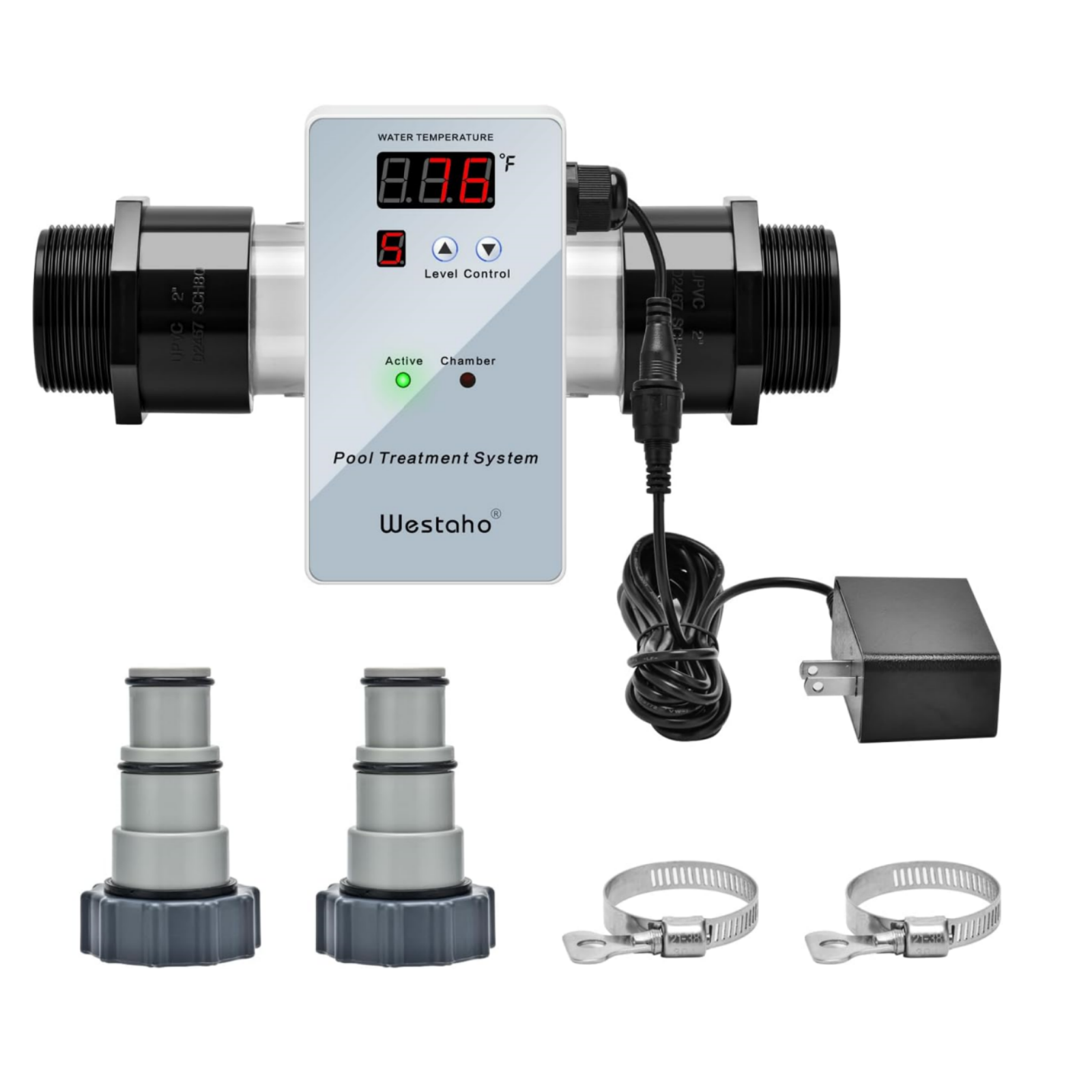
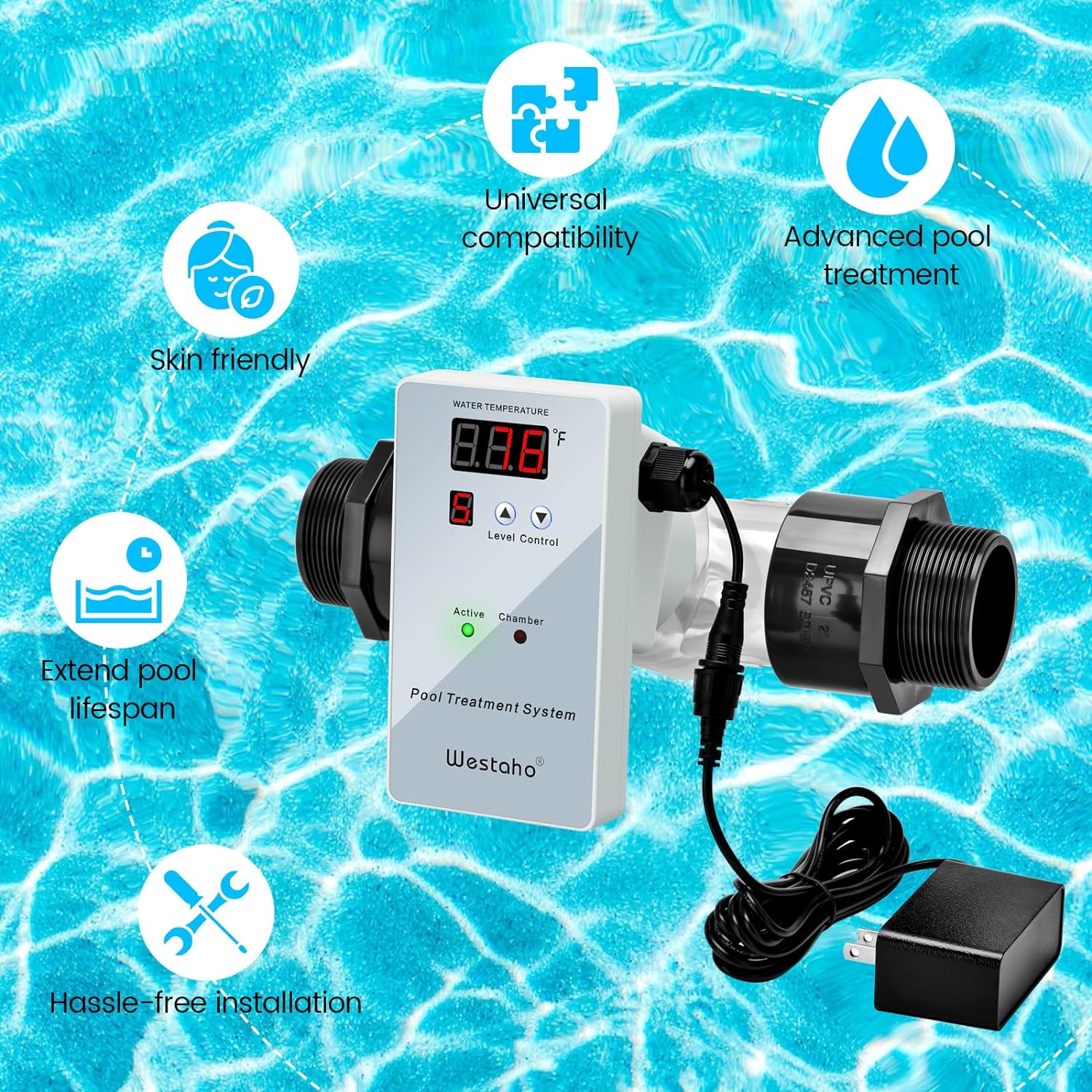
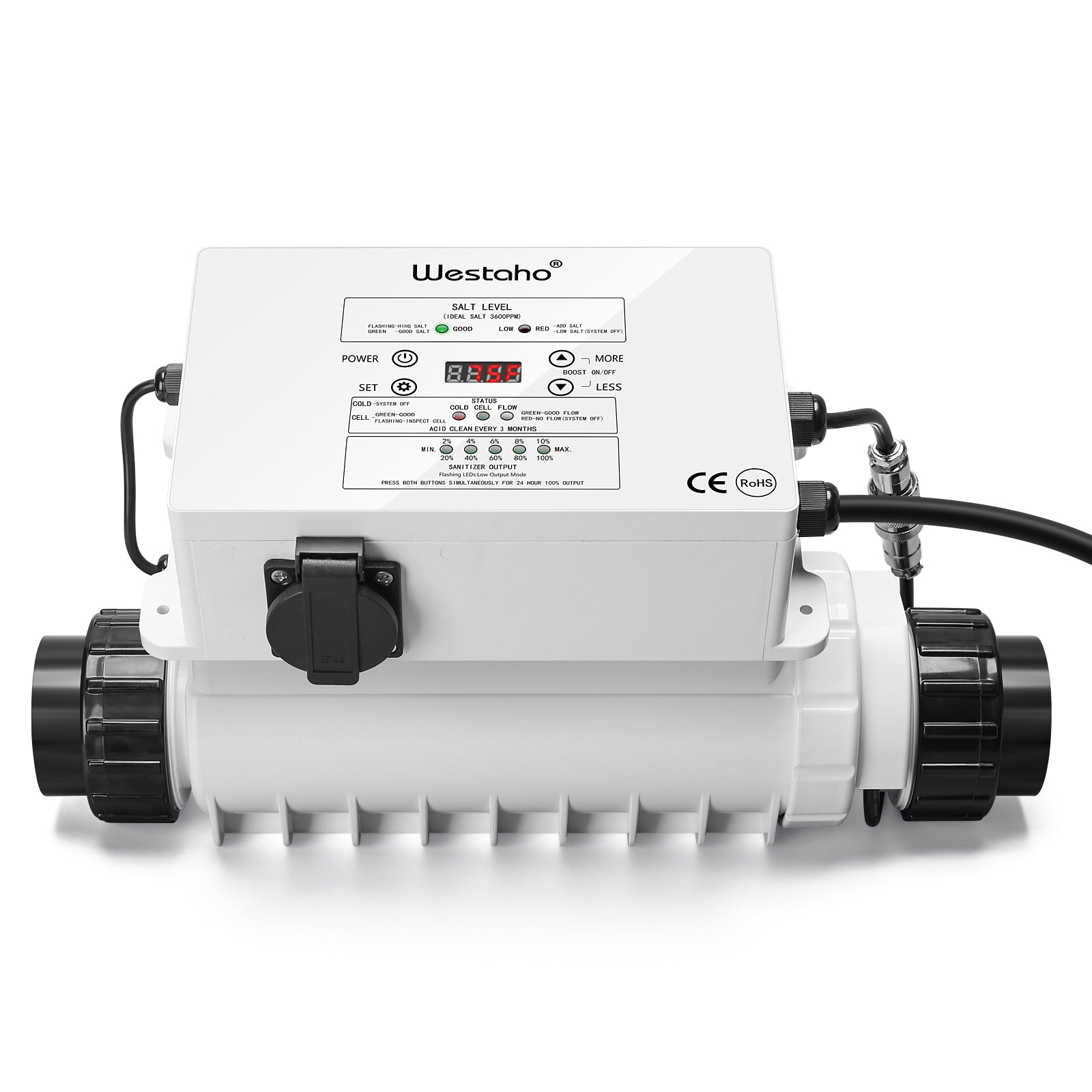
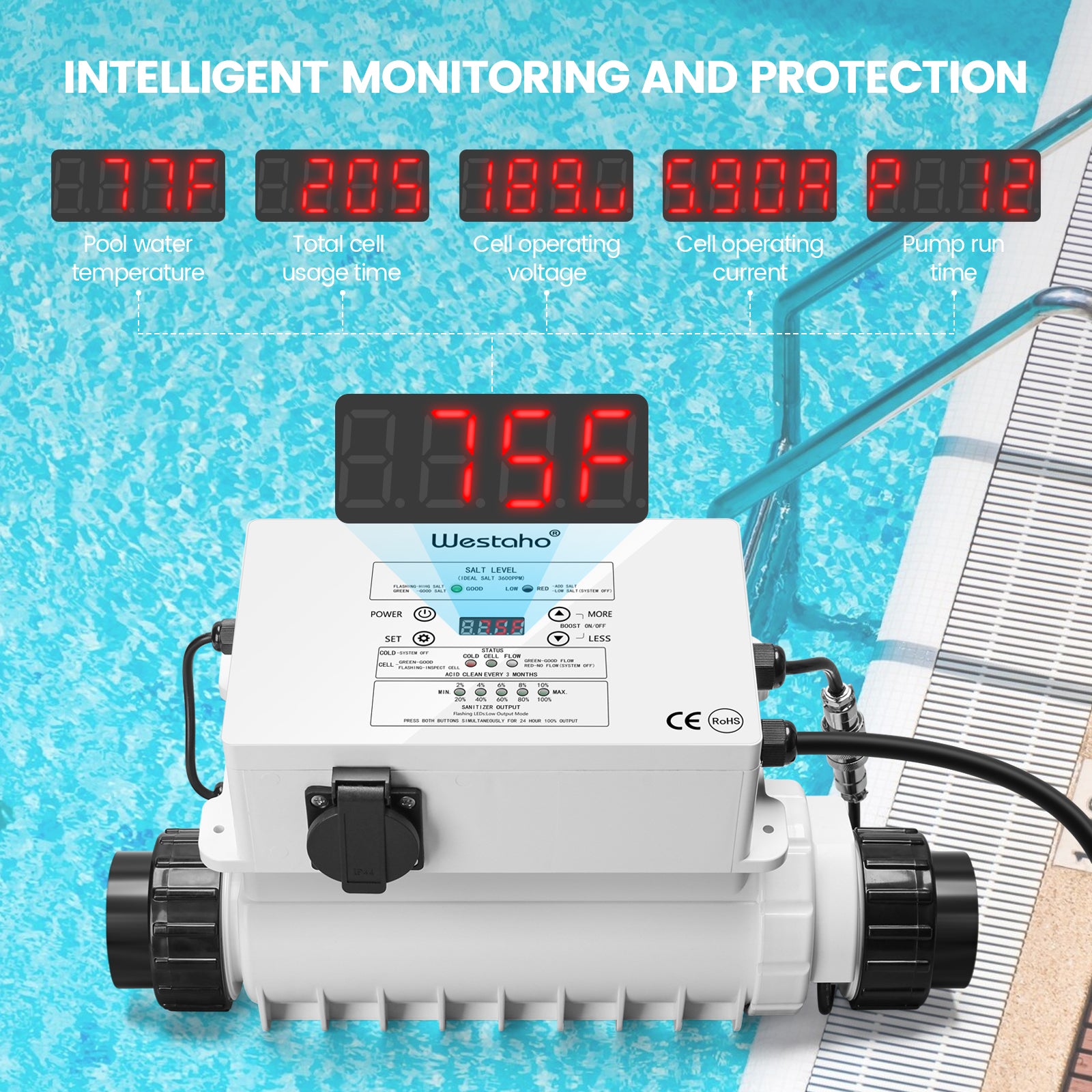
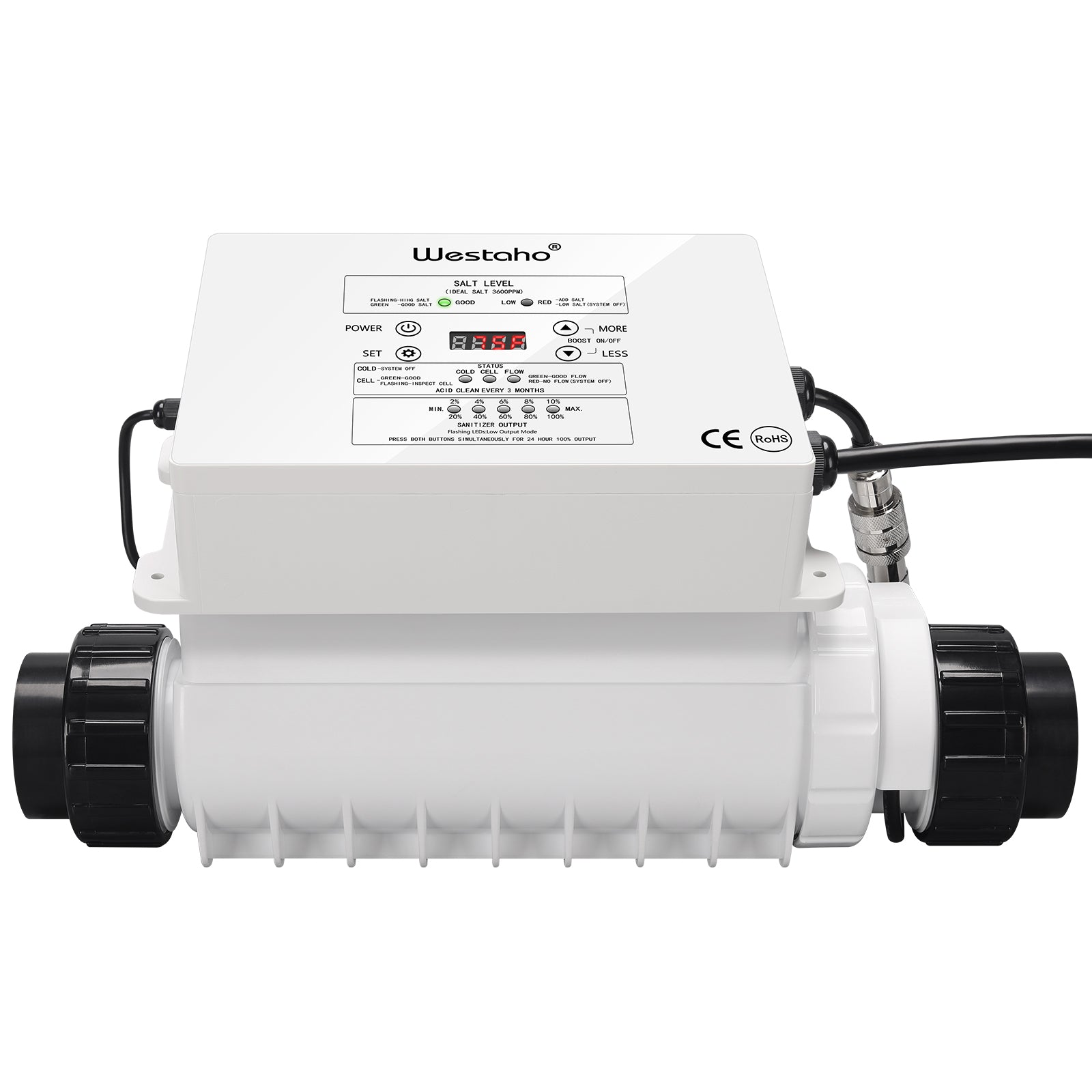

Leave a comment
This site is protected by hCaptcha and the hCaptcha Privacy Policy and Terms of Service apply.